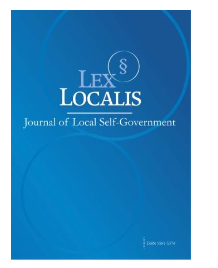THE METAPHOR BETWEEN HERITAGE AND CONTEMPORANEITY: A COMPARATIVE GRAMMATICAL LINGUISTIC APPROACH
DOI:
https://doi.org/10.52152/802007Keywords:
Al-Metaphor - Mental Interpretation - Judge Abdul-Jabbar - Nasr Hamed Abu Zayd - Mu'tazila( Historical Context - Divine Purification - Semantics of Words - Analysis of Religious Discourse -Abstract
This study shows the concept of metaphor as a central hermeneutic mechanism in religious
discourse, through a critical comparison between two visions:
- The traditional vision (represented by Judge Abdul Jabbar al-Asadabadi - the leader of the
Mu'tazila), which focused on employing metaphors to protect divine purity and negate
embodiment, relying on reason and the controls of placement and intention.
- The contemporary vision (represented by Nasr Hamid Abu Zeid), which expanded the
concept of metaphor to include historical and cultural contexts, and revealed the problems of
understanding resulting from the neglect of the development of linguistic semantics.
The study revealed that the hermeneutic differences between Islamic sects (such as the
I'tizali and the Ash'aris) reflect doctrinal conflicts, and indicated that the limitation of language
makes the metaphor a necessity for the complete expression of meanings, and the results
highlighted the need for hermeneutic studies to link the text to its comprehensive context
(linguistic, grammatical, social, and historical) to avoid semantic shifts.
Downloads
Published
Issue
Section
License
Copyright (c) 2025 Lex localis - Journal of Local Self-Government

This work is licensed under a Creative Commons Attribution-NonCommercial-NoDerivatives 4.0 International License.








